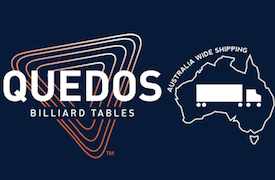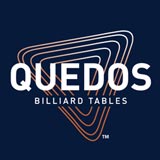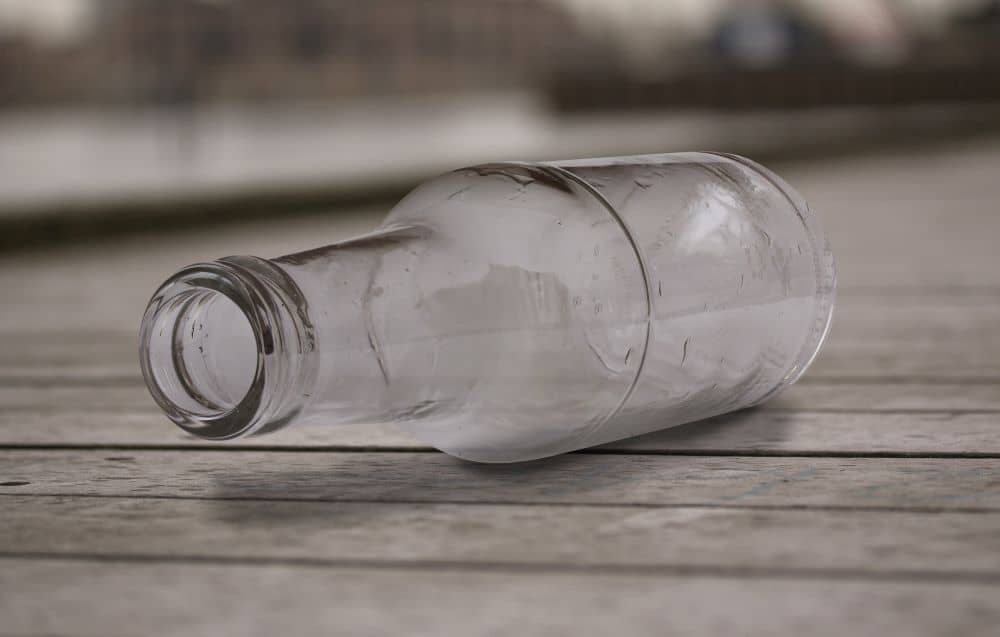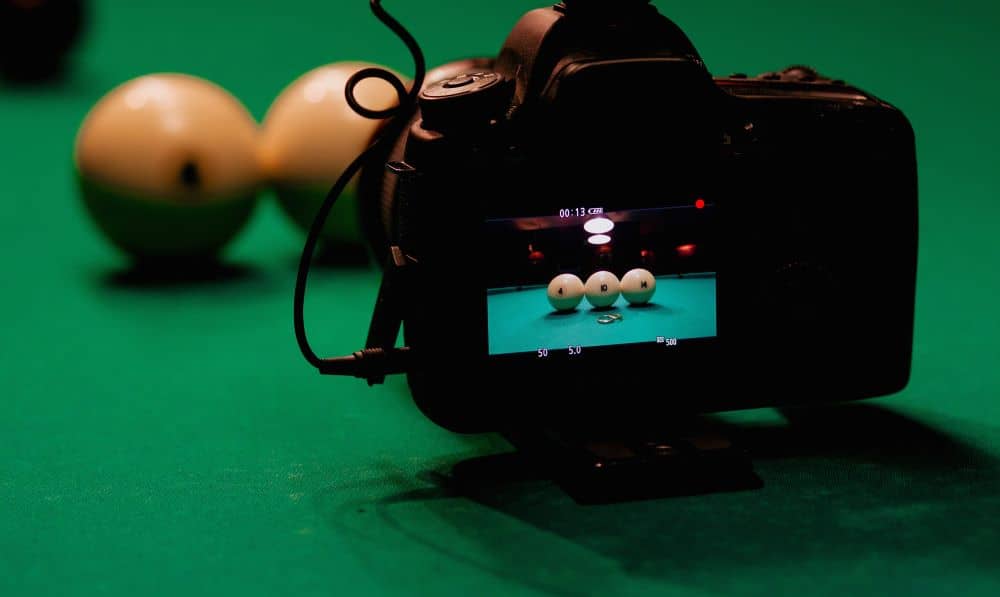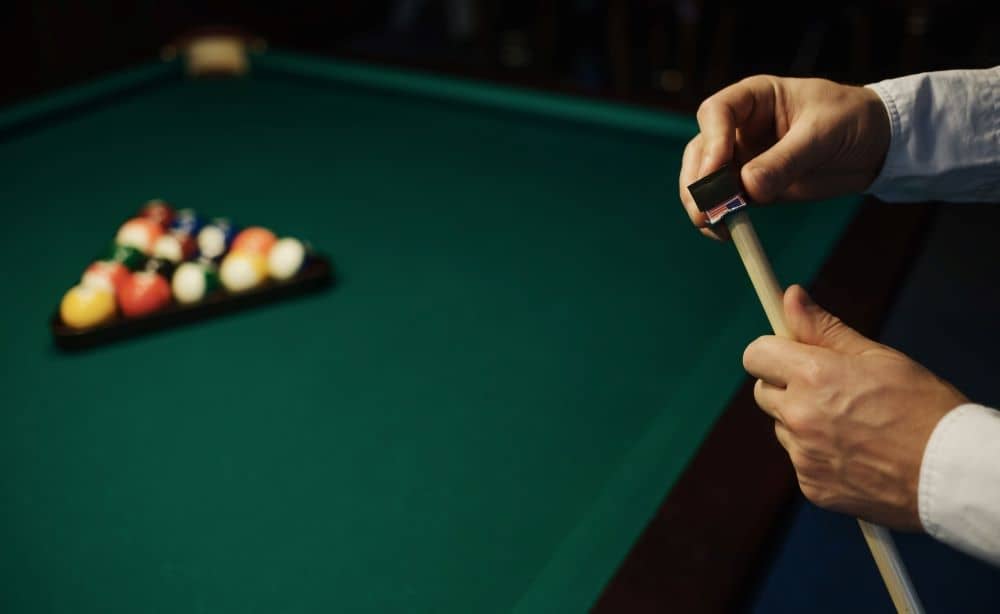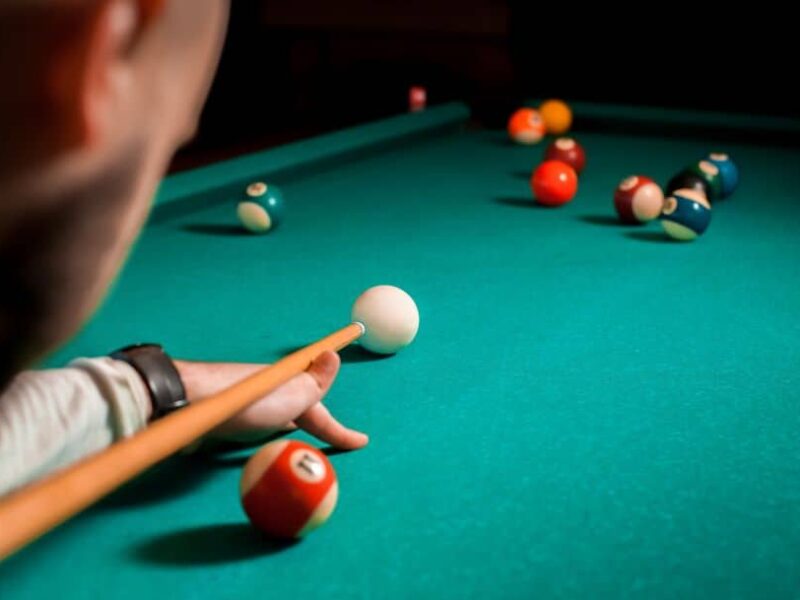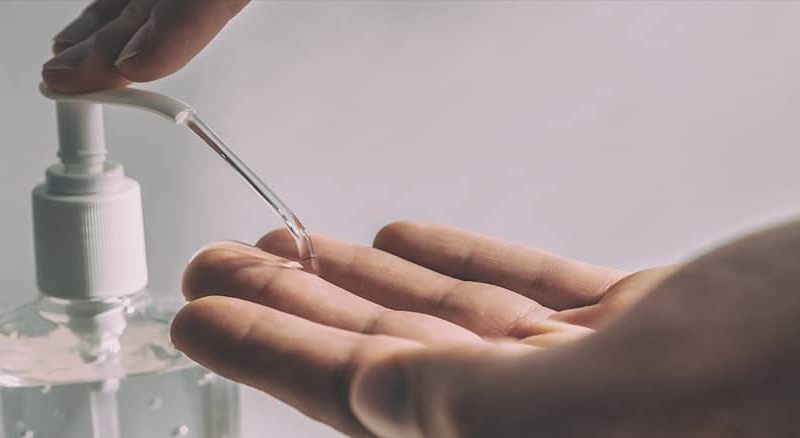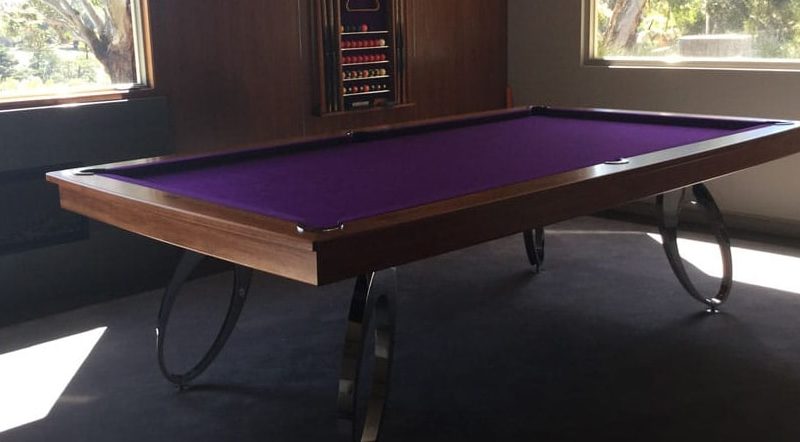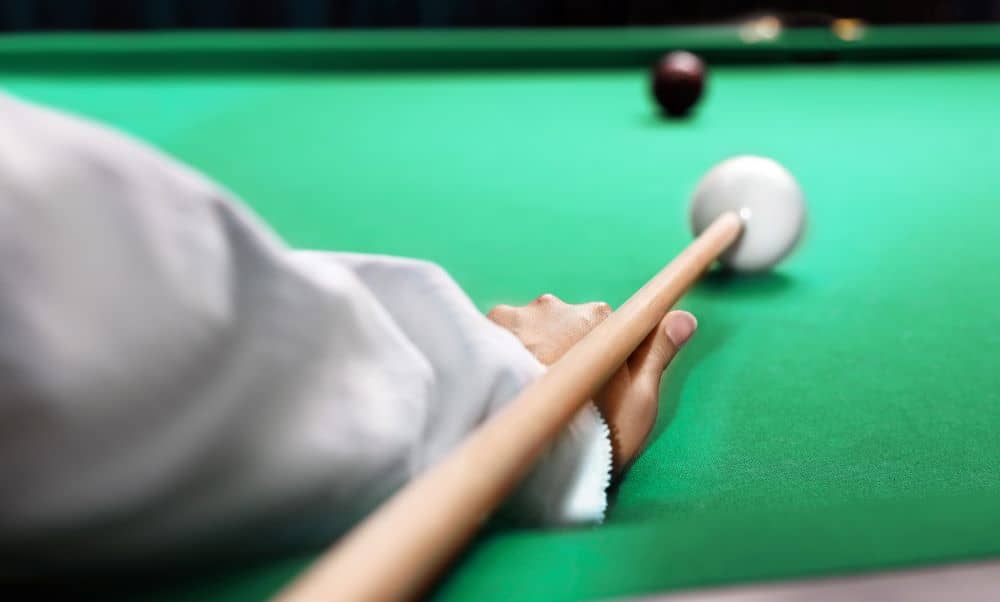
Ways to Improve Your Pool Skills Without a Pool Table
After reading the title of this blog post, you’re probably thinking, “Is it even possible to improve pool skills without owning a pool table?” The short answer is yes. That may sound absurd, but it is true. Normally, you need to practice – just like with any other sports. You cannot get better without spending time learning more, especially with the rules, moves, and techniques. And that’s exactly what you need to do to get better at playing pool.
But what if you do not have a pool table at home? Perhaps you are still waiting for your new pool table to be delivered, which can take several weeks. Many people continue to be stuck at home, and you could be one of them. That means you will need to wait until you can go out and use a public or your friend’s pool table to practice properly. But the key to becoming better at playing pool is to practice right away regularly.
This blog post will help you find ways on how you can enhance your pool skills without a pool table at home.
The Best and Most Effective Ways to Practice Pool without a Pool Table
First things first, do you have a pool cue at home? Most pool players, including those with no pool table, will agree that the stick is one of the pool table accessories that they already own. Part of practising pool is by using the tools that you usually use on a regular game. That, of course, includes the cue stick, which has a very interesting history, by the way. While not all advice on this list requires the use of a cue, you will benefit from regularly practising despite the absence of a pool table.
This next one is not required, but you can benefit more if you have a table of the same size or shape as a regular pool table. You already know that pool is played on a nine-foot-long table, meaning the playing surface is about 2.54 metres in length and 1.27 metres in width. You can also play on an eight-foot table, which measures 2.34 metres long and 1.17 metres wide. The game involves one cue ball (white) and 15 object balls.
So, how do you improve your pool skills even if you do not own a pool table? Here are some recommendations:
1. Get Accustomed to All the Fundamentals
We’re talking about your grip, swing, and body alignment:
- Grip: Many beginner players – even intermediate ones – make the mistake of gripping the cue stick too tightly. The reason is that they believe the harder the grip, the more precise the shot. But nothing can be further than the truth. Know about the correct way, which is a light and loose grip. Holding the cue too tightly raises its butt when you shoot and increases the chances of the cue ball jumping off the table. So, practise holding the cue very lightly. Let it rest on your fingers, making sure it does not touch your palm, and your pinkie finger stays free.
- Swing: The trick is to swing like a pendulum. Body alignment is crucial when aiming. Practise keeping your shooting arm very still. Avoid making too much movement, especially in your upper arm as you shoot. You can achieve this by thinking as if your shooting arm is a pendulum, ensuring your upper arm stays still and even.
- Stance: Work on your posture, which involves having your front foot and rear foot about shoulder-width apart from each other. Go for an angle for your back foot that makes you feel stable and comfortable, typically at a 45-degree angle. Make sure your weight is distributed evenly on both feet.
- Body Alignment: It’s essential to have good body alignment to get accurate shots. It means that your arm, eyes, head, and cue are all in a straight line as you target the ball you want. Practise alignment even without a pool table by keeping your head low and level to the aiming line, just like your eyes and sightline. Your forearm should also be lined up and perpendicular to the cue ball.
Practising these basics is doable, even if you do not have a pool table at the moment. They do not require actual shooting, but they can still help you improve your game. For a more in-depth tutorial on the basics, this blog post will surely be of help.
2. Try the Bottle Practice
For this drill, you need a towel and, of course, a clean, dry bottle to avoid wetting the cue’s leather tip. Get your cue stick and use the other two items to eliminate flaws that you may not even be aware of.
Here are the steps to follow:
- Put the towel under the bottle to hold it in place.
- Adjust the towel at the right angle, depending on the type of shot you’d like to improve. For example, you can let the bottle lay lower to help you hit the low centre of the ball.
- Check your stance and alignment every time you try to get a shot. Your posture and technique should be the same as usual, treating this practice as if it’s a serious game.
As you take your strokes, swings, and transitions, analyse your body’s position, particularly at the end of every shot. The goal of the bottle drill is to ensure that the cue goes straight into the bottle without touching the bottle unless it’s at the end of the follow-through on your stroke. Striking the bottle means you are doing it wrong, so work on it.
Other clues that you can get from this practice is that you could be dropping your elbow too low if you’re hitting the top of the bottle. Meanwhile, if you often hit the right or left side of the bottle, it may be a sign of stance issues. Don’t worry; we’ve got the solution. You just need to slow your stroke and delivery down.
3. Review Your Shots Using a Mirror or Camera
This technique is just the same as the bottle practice described above. The difference is that you will use a mirror to see how you perform. If you don’t have a mirror, no problem. You can always use your camera phone to record yourself and watch it later. You don’t want that fisheye effect, though, so ensure that you get your camera lined up. If it doesn’t work, you can try a variety of apps that remove that effect.
By rewatching the video of you playing pool, you can quickly identify your mistakes. Do you often use your grip hand to guide the cue ball? Do you drop your elbow or move your upper body or head, do a backswing, and quickly transition to a forward swing? You can easily see your existing errors and correct them next time.
4. Do a Mental Rehearsal (Visualisation)
A study conducted by a sports psychologist, Dr Judd Biasiotto, at the University of Chicago involved visualisation. During his research, he divided the participants into three groups. These groups would have to do basketball free throws regularly. Group A practised for an hour each day while Group B visualised or imagined themselves making free throws. The last group, C, did not do anything.
After a month, all groups were retested. Group A improved by 24%, Group B 23%, and Group C had no improvement.
The study proved that simply visualising yourself performing a task can improve your ability to execute. Visualisation is taught to many athletes. It’s considered an effective mental rehearsal technique, particularly in sports, which you can also apply to your pool game.
For visualisation to work, you need to use different senses, namely Sight, Hearing, and Touch or Feeling. Here’s how you can use this technique for improving your pool skills without a pool table:
- Feel the cue in your hands, familiarizing yourself with it.
- Picture the exact paths that the pool balls will take, even imagining their sound.
- Imagine that you delivered the cue ball with the perfect stroke and stance.
The visualisation should involve you, not as if you’re watching yourself on TV. See yourself in front of a pool table, taking the shot with the right swing, and achieve an ending that goes beyond having the balls in the pocket holes.
5. Take Inspiration From Real Professionals
This activity does not require a pool table, but you will surely learn a lot. Watching professionals play, studying what they do, and learning from them will significantly benefit your game. You’re more than just watching, though. You should check what they do, not looking at the ball going in the pocket after every successful shot.
Take note of the pre-shot method the professionals take, including how they walk around the table to see the angles. Notice their stroke as well and determine the length of their bridge. Do they have a long or short pullback? How long is their follow-through? Find out how they elevate their cue, too, particularly on specific shots and which position path they typically choose.
Don’t forget to listen to the commentary, as well, especially if you’re watching high-level players. You will learn why the shot was taken, along with the challenges that go along with it.
6. Become a Pool Game Student
Study, study, and study some more.
You do not know everything there is to know about pool, and there is no shame in that. You should never pretend that you know it all, either. Instead, read books that will help you improve your game. Some recommendations include Mental Toughness Training by Peter J. McLaughlin and Running the Table by L. Jon Wertheim.
Watch videos that aim to educate, as well. There are plenty of options on the Internet, including professionals teaching on YouTube. and watch educational videos.
The pool is a highly technical game. You need to understand the physics behind it, along with other subtle factors that can easily affect your gameplay. A serious player should be willing to learn nonstop.
A pool game is fun when you are competing with your friends or other players. However, if you want to excel, you need to dedicate hours practising until you master your skills. Even without an opponent and a pool table, you can exercise and improve. Develop your skills and enhance your mental strategies to have a better chance of playing even under intense pressure.
